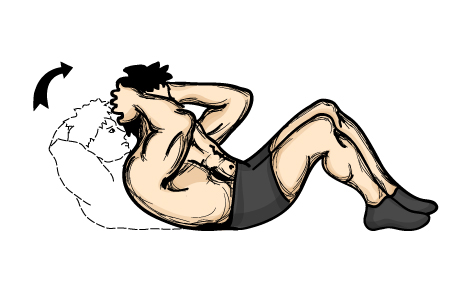
Massage Mercies
Sometimes we massage therapists get our best quips quite spontaneously from our clients. I haven’t done a top-ten list lately….so… Top Ten Best Quips from Clients Mid-Massage Number 10: “The combination to the safe is 35 left, 56 right and 22 left.” Number Nine: “Do you wash your sheets?” Number Eight: “Ever … Continue reading Massage Mercies






